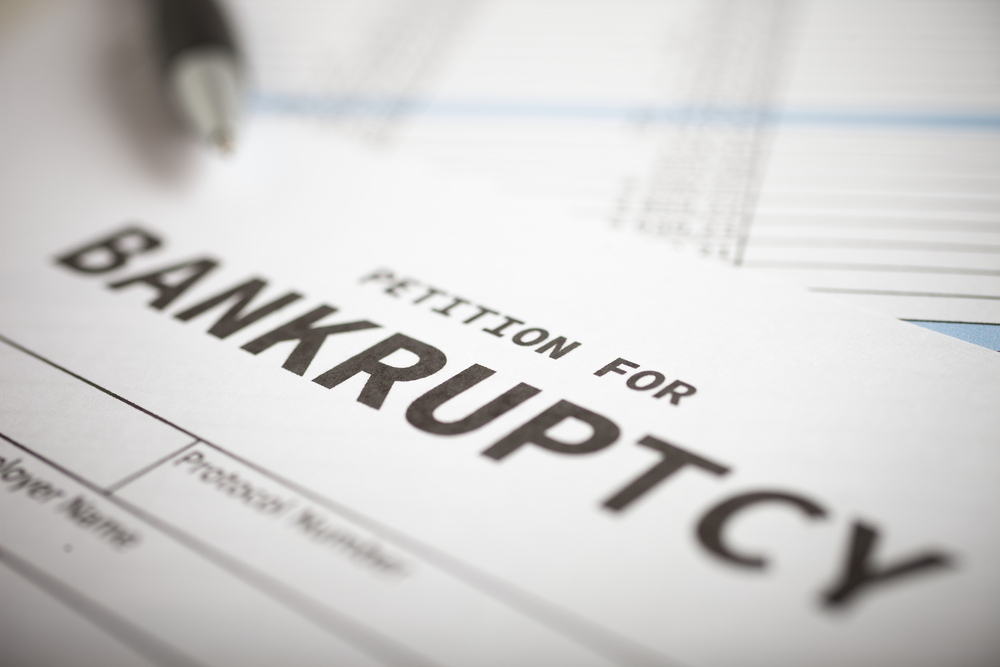The Consumer Financial Protection Bureau’s latest quarterly consumer credit trends report probed the nuances of consumer bankruptcy trends and its wide-ranging impact.

The analysis describes how the volume and types of bankruptcy filings have changed throughout the period 2001 – 2018, including the Bankruptcy Abuse Prevention and Consumer Protection Act (BAPCPA) and the Great Recession.
The breakdown noted the significance of how and by whom the bankruptcy system is being used, which is critical to review because of the role bankruptcy can play in helping consumers recover from financial shocks, the relationship between bankruptcy and debt collection and the impact the system can have on the cost and availability of credit.
The scope of work included data analysis from the Bureau’s Consumer Credit Panel (CCP), which officials said is a longitudinal, nationally representative sample of approximately five million de-identified credit records maintained by one of the three nationwide credit reporting companies.
The report determined from 2001 to 2004, about 75 percent of personal bankruptcy filers used Chapter 7; bankruptcy petitions generally result in a discharge or dismissal; less than half of Chapter 13 filers complete their repayment plans and receive a discharge; and median credit scores increase steadily from year-to-year after consumers file a bankruptcy petition.